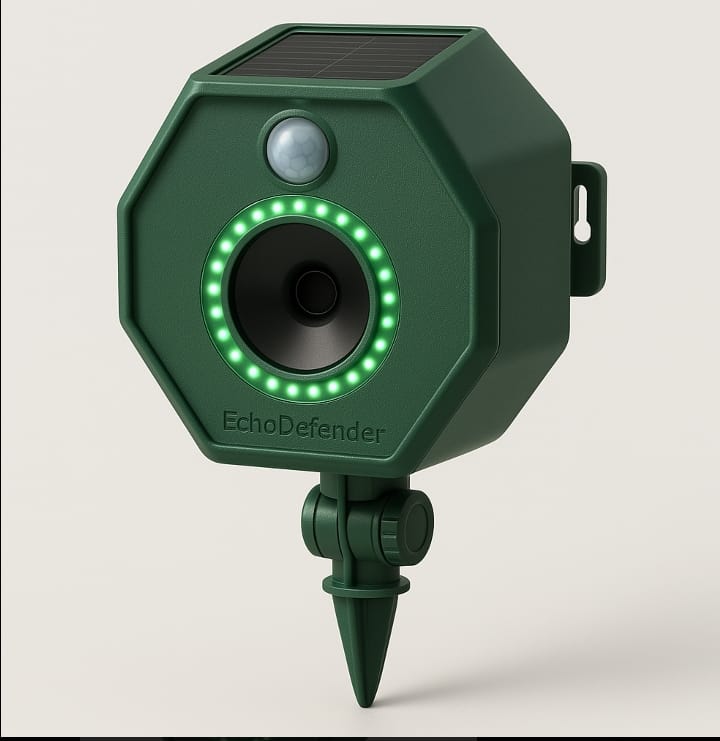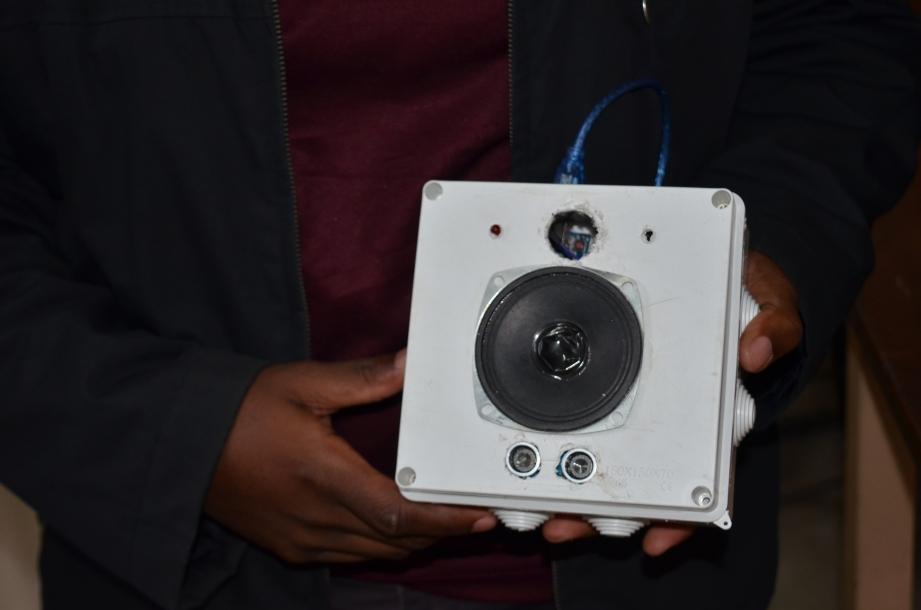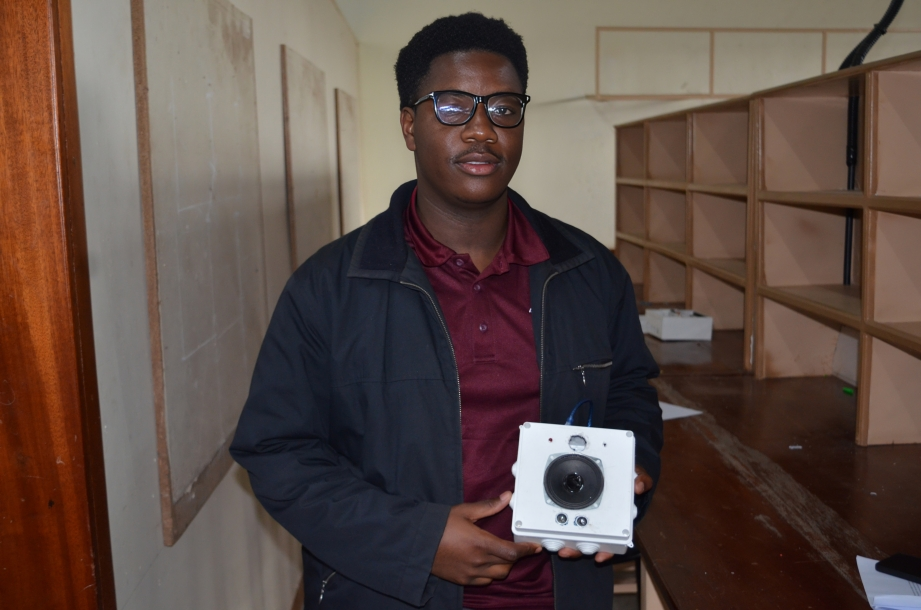- The prototype was showcased at the recent Nakuru ASK Show, attracting interest from faculty, attendees, and local agribusiness stakeholders.
- The student team aspires to enhance the prototype further and explore partnerships for mass production to make EchoDefender accessible to a broader audience across Kenya and beyond.
Blazing a trail in green innovation, Technical and Vocational Education and Training (TVET) students from Kabarak University have unveiled EchoDefender—an eco-smart, solar-powered device that shields crops and gardens from unwanted animals using ultrasonic tech that’s tough on intruders but kind to nature.
The final model features a contemporary octagonal design, complete with a solar panel, motion detector, and ultrasonic speaker, which automatically detects animal movements and emits harmless ultrasonic sound waves to deter them.

A ring of LED lights that encircles the device enhances its visual repellent properties, proving particularly effective at night.
“Our aim was to create a product that is affordable, eco-friendly, and easy to use, especially for farmers and homeowners dealing with crop damage from animals,” stated the team members, including Tobias Simiyu, Lawrence Ndachi, and Bismark Kipkorir.
This device has the potential to mitigate human-wildlife conflicts, a major concern for communities residing near game parks and animal conservancies that have experienced confrontations with wild animals.
It will also be useful in keeping rodents and other destructive creatures away from homes and stores.

According to the students, the project started as a class assignment but quickly transformed into a feasible solution after they noticed the ongoing challenges faced by local farmers with stray dogs, monkeys, and other wildlife.
Unlike electric fences or chemical deterrents, EchoDefender poses no risk to animals, people, or the environment.
Designed to be self-sufficient, the device utilises solar power for charging, eliminating the requirement for batteries or external power sources. Its adjustable mounting system allows it to adapt to different environments, from residential gardens to smallholder farms.
The prototype was showcased at the recent Nakuru Agricultural Society of Kenya (ASK) Show that took place between July 2 to July 6, 2025, attracting interest from faculty, attendees, and local agribusiness stakeholders.
The student team aspires to enhance the prototype further and explore partnerships for mass production to make EchoDefender accessible to a wider audience across Kenya and beyond.
Additional improvements are still on the agenda, such as incorporating Artificial Intelligence into the prototype to offer a variety of animal sounds, enabling the identification of specific animals and the precise emission of waves that ensure their safety.
The outlook for this product appears promising, and there is still much more to come from the TVET students at Kabarak University who have gained practical experience through their education.


-1766009103-md.jpeg)





-1766009103-sm.jpeg)



